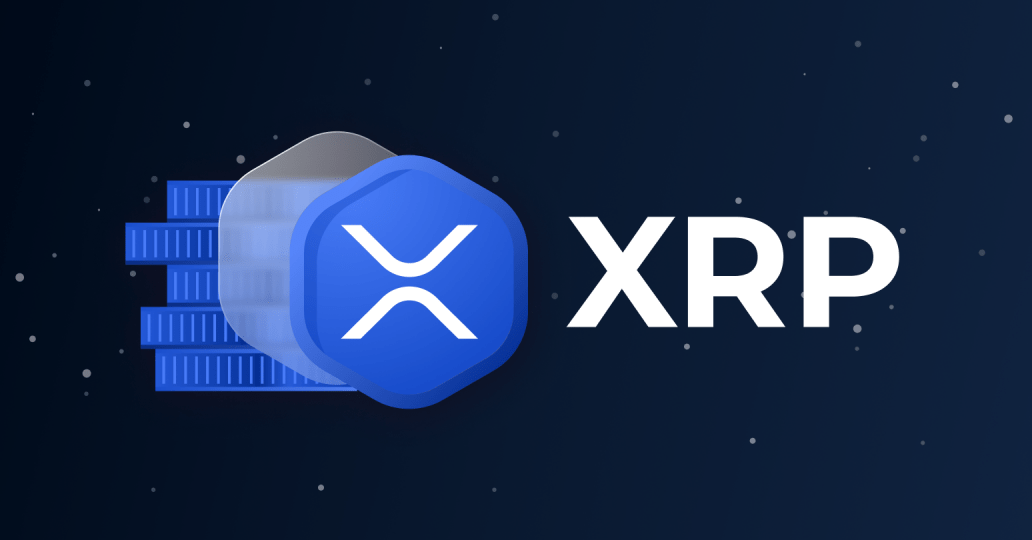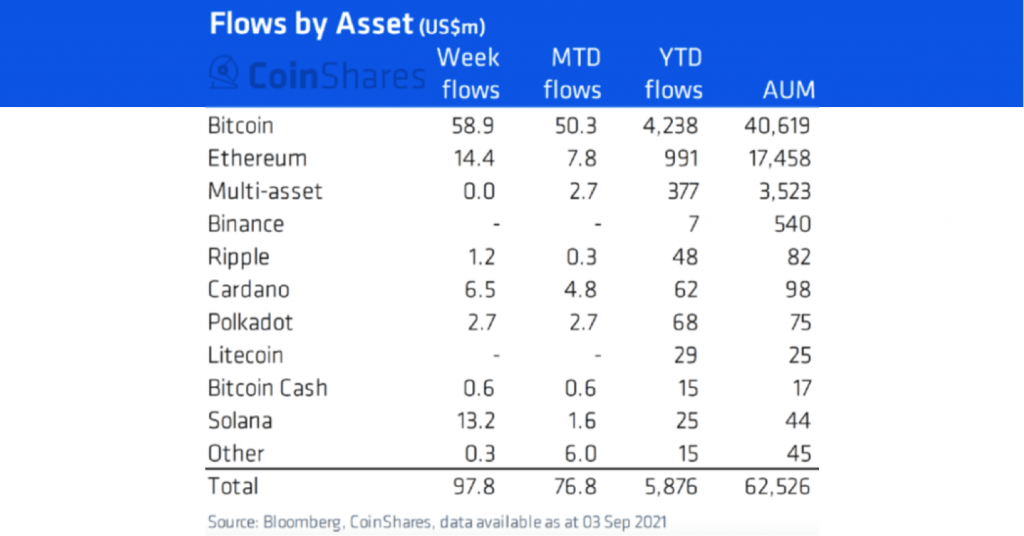 Back to Articles
Back to Articles
Ripple and XRP: project overview and 2021 perspectives
Over the past few years, XRP has been among the top 10 cryptocurrencies in terms of market capitalisation, which makes it one of the most popular digital assets out there. Learn more about the coin’s main benefits and perspectives amid the ongoing U.S. SEC lawsuit, as well as the difference between XRP and Ripple.

When it comes to Ripple, it’s necessary to understand the difference between the project itself and the XRP token.
Ripple is a private, commercial organisation that created an open source distributed payment protocol with the same name. According to Ripple developers, the main idea behind the project is to create “the Internet of values” – a neutral, global infrastructure that allows for free and instant exchange of values. In fact, the project’s primary goal is to become a faster and more affordable alternative to SWIFT.
For these purposes, the project developed the Ripple Network (RippleNet) to enable customers to exchange digital and fiat assets in real time. The network is built on top of the consensus ledger, called XRP Ledger or XRPL. The XRP token is the XRP Ledger’s native token. XRPL is not a blockchain and, according to Ripple, is not legally or organisationally related to the company.
How Ripple works
According to XRPL official website, in 2011, three engineers – David Schwartz, Arthur Britto and Jed McCaleb (who also introduced Ripple’s hardfork Stellar) – set out to create a more sustainable consensus algorithm – a kind of “bitcoin without mining”.
Since XRPL does not use blockchain technology, it does not rely on mining and staking to confirm transactions. Instead, the network utilises a proprietary consensus algorithm called Ripple Protocol Consensus Algorithm (RPCA).
It defines how XRPL is managed by a network of independent Ripple validator nodes. All Ripple transactions need to be verified by at least eighty per cent of the nodes on the network.
Anyone can become a validator. However, Ripple maintains a so-called Unique Node List – a set of reliable validating nodes that include universities and financial institutions.
What makes Ripple valuable
Unlike most crypto projects that serve the needs of a decentralised network, Ripple is built to serve various banks, payment providers, and crypto exchanges. This allows for real-time transaction settlement and lowers transaction fees.
That is why major players in the financial sector are among Ripple’s clients. As of September 2021, the company has struck partnerships with financial companies from more than fifty countries, including giants such as Bank of America, American Express, SBI Holdings and TransferGo. Plus, large venture capital funds, such as Andreessen Horowitz, IDG Capital Partners, Lightspeed and Google Ventures, have invested in the project.
Earlier, the company also had a partnership with MoneyGram. In 2019, Ripple acquired a 10% stake in MoneyGram to encourage the payment firm to use XRP in its operations. However, in March 2021, they ended their cooperation because of the ongoing lawsuit between Ripple and the U.S. Securities and Exchange Commission.
Ripple vs the U.S. SEC
Ripple’s first dissent with American regulators happened back in 2015 when the company was fined seven hundred thousand dollars by FinCEN for selling XRP tokens without the appropriate registration. To resolve the dispute, Ripple also agreed to introduce the Know Your Customer (KYC) verification procedure for future XRP investors.
The legal fight between Ripple and the U.S. SEC started at the end of 2020. On 22nd December, just a few days before Christmas, the American financial regulator filed a lawsuit against the company’s top managers – CEO Brad Garlinghouse and Ripple’s co-founder Chris Larsen. According to the SEC, the company violated securities laws by raising money through an unregistered, ongoing digital asset securities offering.
The lawsuit claims that XRP is a security and therefore subject to registration with the SEC, as Ripple solely controls the infrastructure of the cryptocurrency. The agency insisted that the company misconducted investors by selling unregistered securities worth more than one billion dollars.
The lawsuit also alleges that Ripple heavily relies on its XRP sales to fund its operations. In turn, Ripple has repeatedly stressed that in many countries XRP is recognised as a cryptocurrency and, therefore, it is not a security. It is used for carrying out international and domestic transactions and does not require registration with the regulator.
Following the SEC lawsuit, XRP price fell almost threefold only to recover completely after a month and a half. Nevertheless, a number of American cryptocurrency exchanges delisted XRP from their platforms.
In August 2021, government watchdog, Empower Oversight, submitted a detailed request to the SEC, seeking information regarding cryptocurrency regulation and conflicts of interest involving the SEC officials. The non-profit organisation suggests that SEC officials had some financial interest in defending the interests of Bitcoin and Ethereum communities, as well as in prosecuting Ripple.
The consideration of the SEC lawsuit against Ripple is scheduled for 15th October 2021. Lawyers expect the decision on the case no earlier than the beginning of 2022.
XRP advantages
As mentioned above, the XRP token is not legally related to Ripple since RippleNet uses it as an intermediary token between the currencies being transferred. Here are the following advantages of such integration:
- Low transaction fees. According to BitInfoCharts, as of 2nd September 2021, the average transaction fee on the RippleNet network is about one-fifth of a cent. Just compare – Bitcoin’s average transaction fee is slightly more than three dollars today, while Ethereum users pay an average fee of around forty-five dollars.
- Absence of mining. TIhe cryptocurrency uses its proprietary consensus algorithm that involves the creation of a pool of trusted nodes to validate transactions. Moreover, participants can choose which nodes they will entrust for verification of their transactions.
- High bandwidth. Ripple’s network is capable of processing up to one and a half thousand operations per second. The Ether network can handle twenty transactions, while Bitcoin is limited to seven transactions per second.
- High transaction speed. According to the project’s official website, XRP Ledger transactions are confirmed within three to five seconds, while Ethereum transactions take about two minutes, Litecoin – ten minutes and Bitcoin – up to one hour.
How to profit from XRP
Although the SEC’s lawsuit initially resulted in a substantial XRP price decrease, the asset grew by more than 60% in just a week in mid-August 2021. And, according to Messari, at the beginning of September, the coin’s annualised ROI was more than 420%. This makes XRP perfect for both trading and long-term holding.

On the EXMO exchange, you can buy XRP with both fiat and crypto with USD, EUR, GBP, BTC, ETH, USDT, etc.
Trading signals for XRP (XRP)
Check out the latest data on the current XRP crypto market sentiment as well as coin’s price correlation with USD in real time provided by IntoTheBlock.
What is expected of XRP
Ripple’s solutions are intended to help reduce fees while enhancing the speed and efficiency of cross-border transactions. RippleNet boasts partnerships with leading market players. And the more traditional financial companies join Ripple, the more influence the company will have in the future.
However, Ripple will have to go a long way to establish itself as an alternative to the current market leader – SWIFT. Especially considering that the company already has a significant competitor in the crypto industry – Stellar. With all that said, Ripple needs to stay one step ahead of the competition with its innovative products and network development.
In addition, the SEC’s lawsuit against Ripple is a prime example of the kind of regulatory issues that the crypto sector can face. And for the successful development of the project, the authorities must make a clear decision about the type of assets that XRP belongs to.
But despite the lawsuit, the cryptocurrency is getting increasingly popular among investors. According to CoinShares, as of 3rd September, XRP investment products attracted a total of $82 million. For comparison: Polkadot investment products managed to attract $75 million, Solana – $44 million and Litecoin – $25 million.

What’s more, Japanese financial giant SBI Holdings has revealed its plan to launch a cryptocurrency fund by the end of November 2021. In addition to bitcoin, ether and litecoin, the company also plans to invest in XRP.
Such growing interest from institutional investors displays their confidence in the project’s future, which should have a positive impact on XRP’s price in the long run. Thus, in April 2021, the veteran analyst and trader, Peter Brandt (who predicted Bitcoin’s crash in January 2018) predicted that XRP could surge by as much as two hundred and seventy-six per cent. However, he has also assumed that the asset will undergo a serious correction in the long term, but the timeframes of this event have not yet been specified.